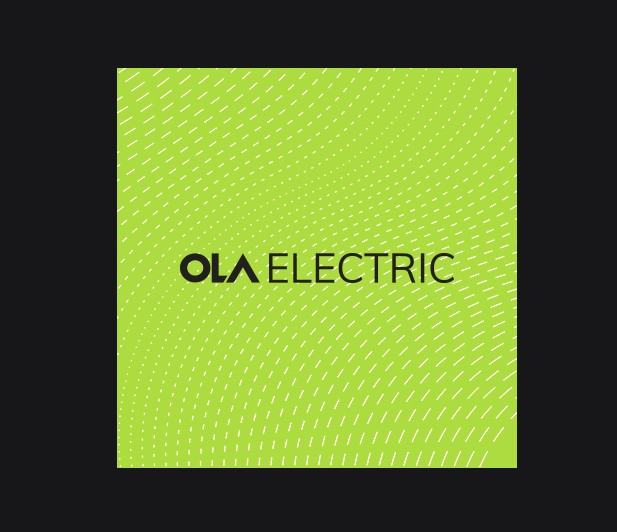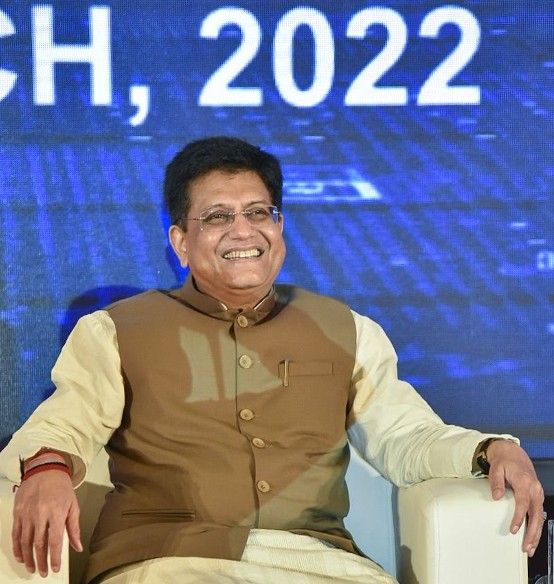Ola Electric is investing about $500 million for setting up its battery innovation centre (BIC) in Bengaluru
Bengaluru, NFAPost: Ola Electric said it has signed an agreement under the Centre’s production-linked incentive (PLI) scheme to manufacture advanced cells in India. SoftBank-backed Ola said it is the only Indian electric mobility company selected by the Government of India under its ambitious Rs 80,000-crore cell PLI scheme, receiving a maximum capacity of 20 gigawatt hour (GWh) for its bid in March.
“Today, 90 per cent of global capacity for cell manufacturing is in China. To reverse this import dependency, locally manufactured cell technology is crucial,” said Bhavish Aggarwal, chief executive officer and founder, Ola, adding, “The advanced chemistry cell PLI scheme will be instrumental in making India self-reliant and localising the most critical aspects of the electric vehicle (EV) value chain.”
Ola had recently unveiled India’s first indigenously developed lithium-ion cell — NMC 2170 — and is investing heavily in developing core research and development (R&D) to create indigenous advanced cell technologies. To begin mass production of its cell from its upcoming 50-GWh Gigafactory, Ola has already brought in global suppliers from Germany, South Korea, Japan, and other hubs.
“At Ola, our road map to develop cell technology and manufacturing is vigorously progressing, making us a stronger vertically integrated mobility company across products, mobility services, and technology (tech),” said Aggarwal.
Ola Electric is investing about $500 million for setting up its battery innovation centre (BIC) in Bengaluru. It is expected to be operationalised in August and will focus on core cell tech development and battery innovation out of India for the world.
BIC will house advanced laboratories (labs) and high-tech equipment for battery innovation for developing futuristic and localised cell tech. The company is also recruiting top cell R&D talent across the globe, and will employ 500 engineers.
Aggarwal-led Ola said that BIC will be one of the world’s largest and most advanced cell R&D facility, with more than 165 ‘unique and cutting-edge’ lab equipment to cover all aspects of cell-related R&D. The company didn’t reveal the time period for the investment. But, according to sources, it is three to five years.
In India, Ola is now in direct competition with electric two-wheeler makers like Ather Energy, Hero Electric, Bajaj, TVS Motor Company, Bounce, and Boom Motors. The firm also has plans to launch electric cars, motorcycles, sport utility vehicles, and robotaxis.
EV sales in India are expected to cross 9 million units by 2027 and the industry is seen creating more than 10 million direct and 50 million indirect jobs by 2030, reveals an Indian Venture and Alternate Capital Association (IVCA)-EY-IndusLaw report.
The spike could be attributed to the need for personal mobility, increased awareness of the environment, and rise in the prices of petrol up Rs 43 per litre in three years. The second phase of Faster Adoption and Manufacturing of Hybrid and EVs (FAME-II) incentives also helped increase the adoption of electric two-wheelers.
The EV industry attracted $6 billion in investment in 2021. This could grow to $20 billion by 2030. In a sign that the EV market is drawing the attention of private equity (PE)/venture capital (VC) investors in India, such investments are estimated to grow from $181 million to $1,718 million during the same period — an annual growth rate of 849 per cent.
“This (PE/VC investment) has reached about $666 million in 2022 so far,” said Rajat Tandon, president, IVCA.





